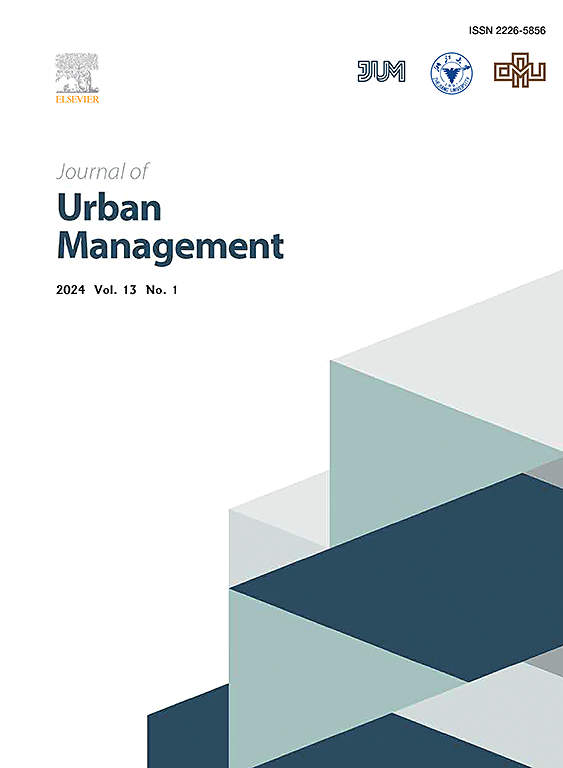促进校园灾害管理之评估:新北市之经验
IF 5
2区 社会学
Q1 URBAN STUDIES
引用次数: 0
摘要
近年来,新北市受气候变迁及地理位置等因素影响,自然灾害频发,造成重大财产损失。政府提供灾害管理教育资金,以提高抗灾能力。本研究基于半结构化访谈法、自评表法和专家评价系统,构建了促进校园灾害管理的评价与互动模型。评价表有5个主要评估项目,总分为100%。括号中分数不同的评估项目分别是:组织策划和宣传(20%)、防灾教育和活动(28%)、防灾工具和设备的使用(20%)、防灾演练(25%)、创新和绩效(7%)。每个项目有5个性能指标,得分取决于它们的相对重要性。选取18所高灾害风险学校,在新北市进行自评与专家评鉴。两种评价结果以雷达图的形式进行直观对比,并采用SWOT分析法进行分析。分析结果对了解新北市目前学校灾害管理工作的优缺点,以及未来改善学校灾害管理工作提供有用的资讯。本文章由计算机程序翻译,如有差异,请以英文原文为准。
Assessment for promoting on campus disaster management: Experience of new Taipei city
Natural disasters become frequently in New Taipei City due to climate change and its geographical location and consequently result in heavy losses to the city's properties in recent years. Disaster management education funds were provided by the government to improve resilience to disasters.
This study has developed an evaluation and interaction model to promote campus disaster management based on the method of semi-structured interview with an evaluation table for self-evaluation and expert evaluation systems. The evaluation table have 5 major assessment items with a total score of 100%. The assessment items with different scores given in the parenthesis are organizational planning and campaigning (20%), education and activities for disaster prevention (28%), utilization of disaster prevention tools and equipment (20%), prevention drills (25%), and innovation and performance (7%). Each item has 5 performance indicators with scores dependent on their relative importance.
Eighteen schools identified as high disaster risk schools were selected to conduct the self-evaluation and expert evaluation in New Taipei City. Both evaluation results were displayed in radar charts for visual comparison and analyzed using SWOT analysis. The analyzed results provide useful information for understanding the strong and weak points in the present work of school disaster management in New Taipei City and for improving the management work in the future.
求助全文
通过发布文献求助,成功后即可免费获取论文全文。
去求助
来源期刊

Journal of Urban Management
URBAN STUDIES-
CiteScore
9.50
自引率
4.90%
发文量
45
审稿时长
65 days
期刊介绍:
Journal of Urban Management (JUM) is the Official Journal of Zhejiang University and the Chinese Association of Urban Management, an international, peer-reviewed open access journal covering planning, administering, regulating, and governing urban complexity.
JUM has its two-fold aims set to integrate the studies across fields in urban planning and management, as well as to provide a more holistic perspective on problem solving.
1) Explore innovative management skills for taming thorny problems that arise with global urbanization
2) Provide a platform to deal with urban affairs whose solutions must be looked at from an interdisciplinary perspective.
 求助内容:
求助内容: 应助结果提醒方式:
应助结果提醒方式:


